Tillers are used to prepare the field for planting fresh crops, whereas cultivators are used for encouraging the existing crops to grow. The two types of machine are very similar and the terms are often used interchangeably or combined as ‘tiller cultivators’.
This article looks at the purpose and functionality of tiller cultivators. It also highlights some of the top models on the market and offers key selection for buyers to find the right model.
Table of Contents
The global market for tiller cultivators
What is a tiller cultivator?
What to consider when selecting a tiller cultivator
Examples of tillers and cultivators available online
Final thoughts
The global market for tiller cultivators
The global tiller cultivator market is expected to see significant growth over the coming decade from a value of US$ 1.5 billion in 2022. This is due to the requirement for increasing agricultural output to meet global food demands, as well as the increase in need for mechanized methods to facilitate that production growth. Growth is projected at a compound annual growth rate (CAGR) of 7.1% to a value of US$ 2.5 billion by 2030.
The increasing demand for subsistence farming and small plot farming is driving a trend towards mini tiller cultivators. These small machines, handheld and lightweight, are available at very reasonable prices for the low-cost farmer.
For more industrial scale farming, there is a desire to move towards more sustainable farming and to reduce reliance on herbicides and chemical control. This is driving a trend towards increased use of tillers and cultivators for chemical-free weed control and soil preparation.
Technology trends for tiller cultivators are primarily in better construction, as tillers are fairly simple machines. However, the global trend for more environmentally efficient engines, and the move away from diesel, is encouraging many more electric-powered tiller cultivators, especially in the hand-held range. In the mid-sized powered-tillers market, there is more availability of remote control models, and some possible future progress into embracing Internet of Things (IoT) and AI technology.
What is a tiller cultivator?
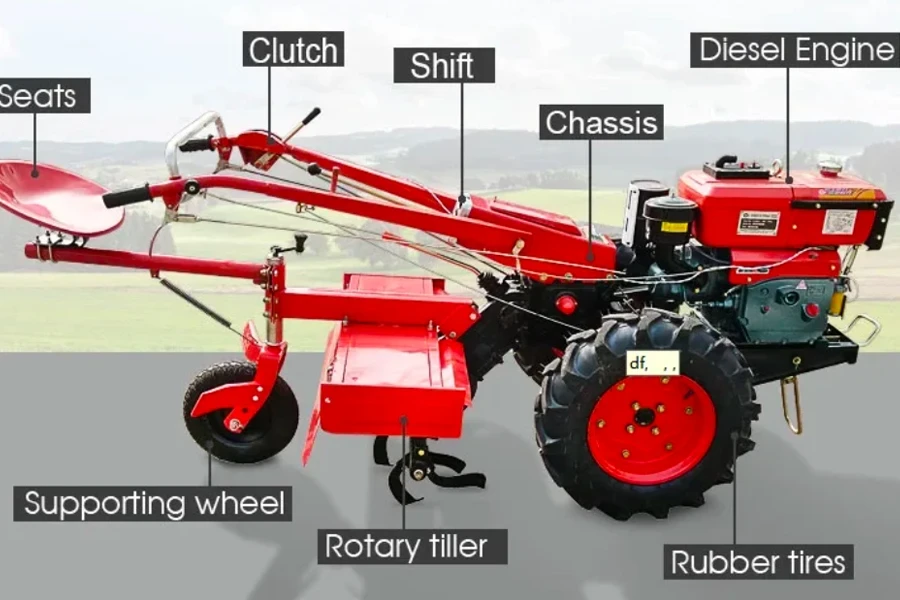
Tilling and cultivating
As a simple definition, tilling is the process of digging and turning the soil, breaking it up, and preparing the soil for crop planting and cultivation. As agricultural processes, ‘tilling’ the soil and ‘cultivating’ the soil are both methods of digging and turning the soil, but in different ways and for different reasons.
Tilling is carried out on land that has already been harvested or has not been previously farmed, and has been left to be weathered and where weeds and wild grasses have been allowed to grow.
Primary tilling is a deep tilling that breaks up hard and compacted soil that may be embedded with weeds, roots and stones. It is therefore an intentionally aggressive task that aims to get down into the ground to break it up and prepare the ground for later planting.
Secondary tilling is a less aggressive process to smooth and prepare the ground for planting crops, and may include stirring in fertilizer.
Cultivating is a process of breaking up, turning and loosening the soil between rows of existing plants or crops. The main objective is to help the currently planted crops grow, by loosening and thereby aerating the soil, to turn in any added fertilizer, and to assist with drainage. It is therefore an intentionally gentle and selective task that aims to preserve the plants around it.
Tillers and cultivators
The terms ‘tiller’ and ‘cultivator’ tend to be used interchangeably by many farming machinery suppliers. So, when looking at available machines that may be labeled as tillers, or as cultivators, or as tiller cultivators, it is helpful to look at the real requirements so as to be able to evaluate machines properly.
As shown in the diagram above, tillers use rotary blades, or tines, to chew up the ground underneath, or they may use a single protruding metal bar, shank or ripper, to dig deeply into the subsoil. Some tiller machines include bulldozer-type blades and fittings to smooth the ground as they till, and thereby achieve both primary and secondary tilling.
For completeness of understanding, plows (or ploughs) are also primary tillers. Like tilling machines, they break up hard packed soil, lift the undersoil to refresh the ground, dig up and remove weeds, and prepare the field for fresh crops. However, whereas tillers use a larger number of rotary blades to dig up and loosen the soil, plows use a twisted blade to take a deep slice of the packed soil and turn it over. The reasons why a farmer may choose a plow instead of a rotary tiller is not addressed in this article.
Cultivators use revolving blades that are shorter than tiller blades, so that they dig fairly shallow into the soil, to about 4” down. As the cultivator tines turn the soil, they loosen weeds and turn them back into the soil, where the weeds die and then nourish the crops. Larger weeds may be loosened with roots intact, leaving them easy to remove by hand.
What to consider when selecting a tiller cultivator
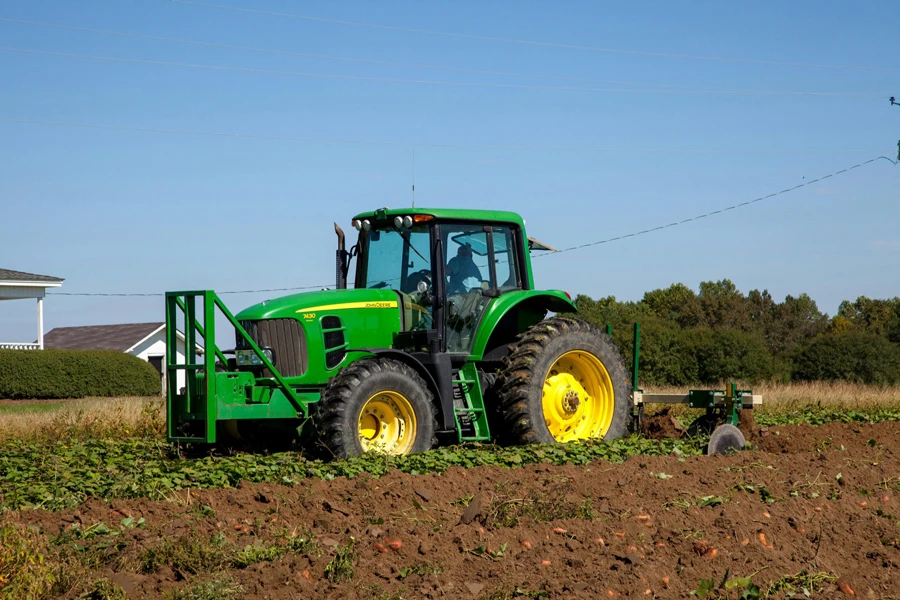
The potential buyer may be unsure in choosing between a tiller and a cultivator, or a tiller cultivator. In making a choice it is best to go back to the needs of the job required, and then consider these four basic factors:
Tiller or cultivator?
If the intention is for primary and secondary tilling, breaking up hard ground and smoothing it ready for planting, then the requirement is for a tiller. If the need is for more shallow cultivating, between existing rows of crops, then the requirement is for a cultivator.
Working width
When tilling a field or large farm plot, it would be most effective to choose a wide working width. This widest working width comes with the tractor-towed tiller arrays, or a large size motorized ride-on machine. By contrast, when cultivating between crops, a small and easily maneuverable width would be preferable. Small hand-held tiller cultivators would then suit best.
Working depth
For tilling, longer length tiller blades or shank/rippers will be most effective, with lengths over 4” (100mm) to longer lengths of over 14” (320mm). For cultivating, the preferred blade length is around 3-5”, enough to turn the soil but not so long as to disturb nearby crops.
Working power
When a tiller cultivator is digging into the earth, the machine needs to generate sufficient force to get through the soil, which can often be hard packed. For smaller machines, look for higher powered engines (whether electric or gas/diesel), and for tractor-towed arrays ensure that the tractor PTO has at least as much as the array specifies.
Examples of tillers and cultivators available online
Here is a sample of the range of tiller cultivators available for order online, from small garden models to larger tractor-towed farming versions.
Mini hand-held tiller cultivators
At the smaller end of the scale for tiller and cultivators are the mini hand-held versions for gardens and small plots. As they are small and easily maneuverable between crops, they can both till and cultivate under the control of the operator. There are electric versions available although many are gasoline or diesel driven.
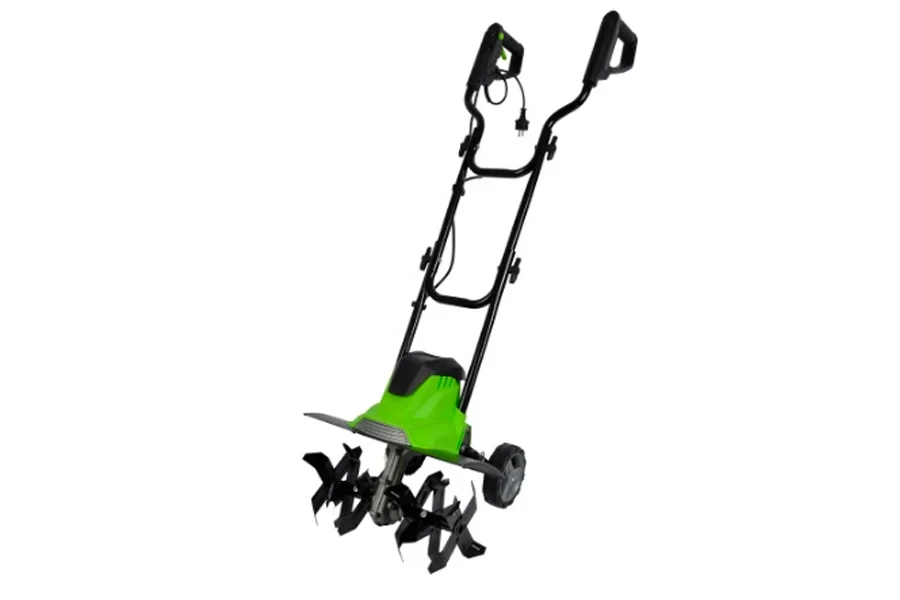
This electric-powered mini tiller cultivator is suitable for gardens and small plots and at 19 lbs (8.6 kg) is quite lightweight and easy to move around with a bicycle-type handle. It has 4 rotating disks, each with 4 blades, a working width of 14.2” (360mm), and working depth of 8.7” (220mm). It’s available for between US$ 39.72 and US$ 45.37.
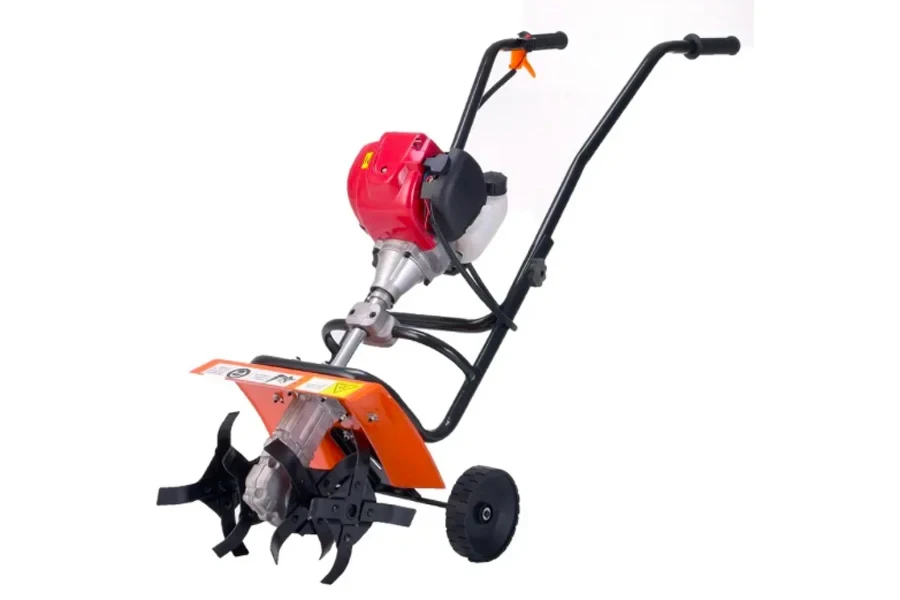
Slightly bigger at 48.5 lbs (22 kg), and with a 2.5 Hp gasoline engine, this tiller cultivator is offered as ‘dual purpose’ for gardens and farms. It has 4 rotating disks, each with 4 blades, a working width of 13.8” (350mm), and working depth of 4” (100mm). It’s available for between US$ 239 and US$ 286.

This diesel engine tiller cultivator for farms is a heavier machine at 277 lbs (126 kg), and 6.3 Kw of power. It has a subsoiler ripper bar, rather than rotating disks, so has a narrow working width of 4” to 5.5” (100-140mm), but a deeper working depth of up to 14” (320mm). It’s priced at between US$ 500 and US$ 850.
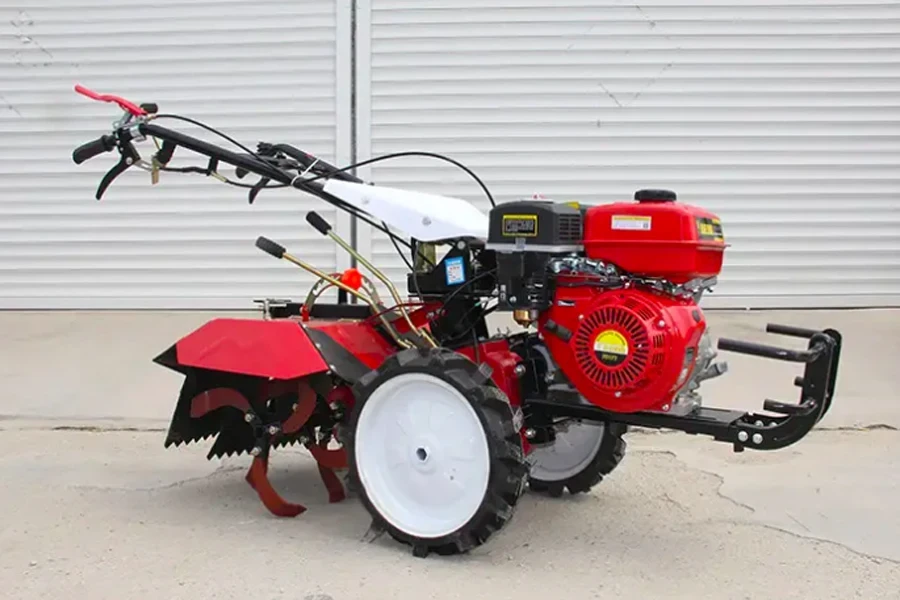
This 155 lb (70 kg) gasoline engine tiller cultivator comes in different engine/power options from 8 Hp to 20 Hp and features 6 x 3 rotary blades that can be replaced with different types of blade. It may be most applicable for tillage, given the blade sizes. It is priced at between US$ 149 to US$ 459.
Self-drive, remote and ride-on tiller cultivators
As sizes of tiller cultivators get bigger, they make use of modern technology as drivable and remote control machines. Most are diesel engine driven, although there may be some gasoline models. They are often multifunctional and configurable with different fittings to handle different jobs, so can be adapted to primary or secondary tilling and cultivating.
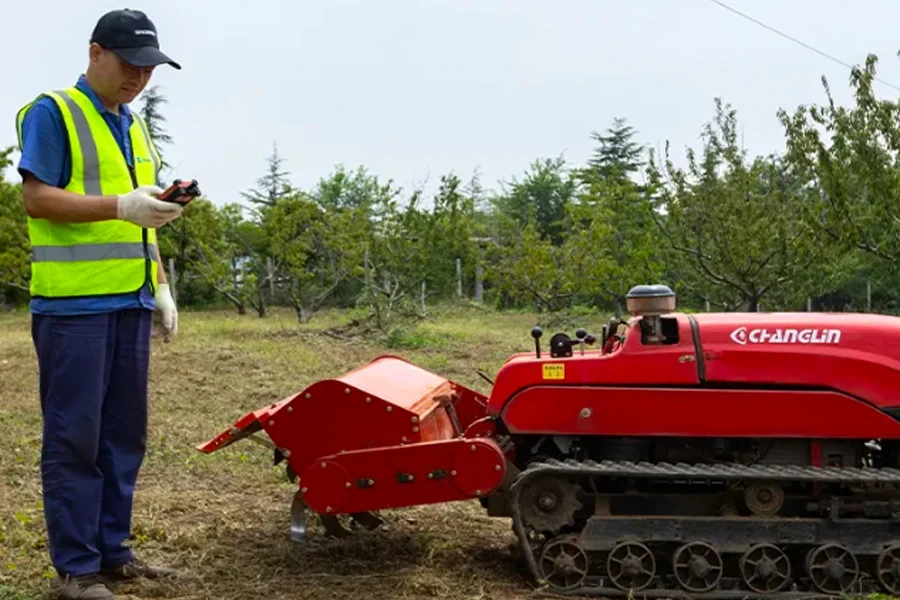
This remote control crawler tractor tiller cultivator is also described as a lawn mower and farm tractor that is suitable for farms, gardens and orchards. It comes with a 32 Hp diesel engine and can be operated by remote control up to a distance of 50m. It has a tilling depth of 4.7” to 120-150 cm.
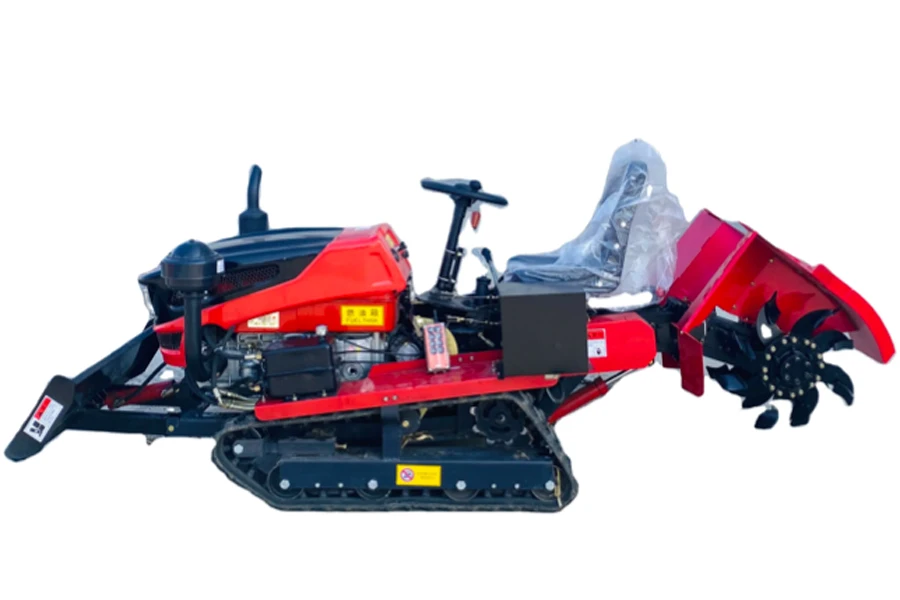
This large self-drive, ride-on tiller cultivator is offered as a garden cultivator machine that can also be operated by remote control. Given its 1,763 lb (800 kg) size, it would be suitable for large gardens and small farms. It is described as multifunctional, and comes with a front blade that can be used for bulldozing and ground smoothing, and the rear tiller can be replaced for plowing, cultivating, trenching, and other functions. It is available in different diesel engine powers from 25 Hp to 80 Hp and is priced at US$ 2,000.
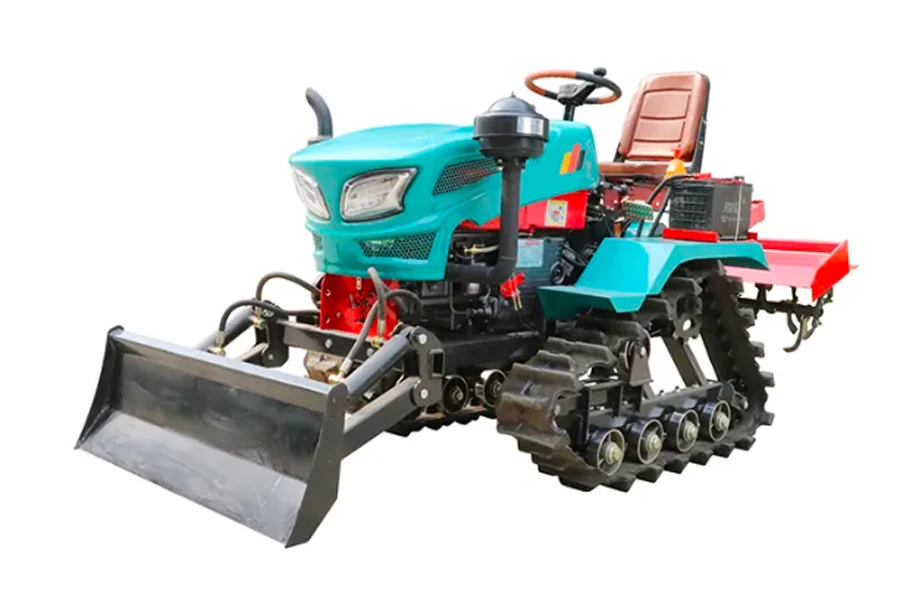
This model is a ride-on tracked tiller cultivator with rear-mounted rotary tiller and front mounted bulldozer blade. It has a drivers seat and rubber tracks, and comes with either a 25 Hp or 35 Hp diesel engine, and weighs around 2 tons. It has a working width of 39” to 47” (1000mm to 1200mm). It is available for between US$ 2,150 to US$ 3,495.
Tractor-towed tiller cultivators
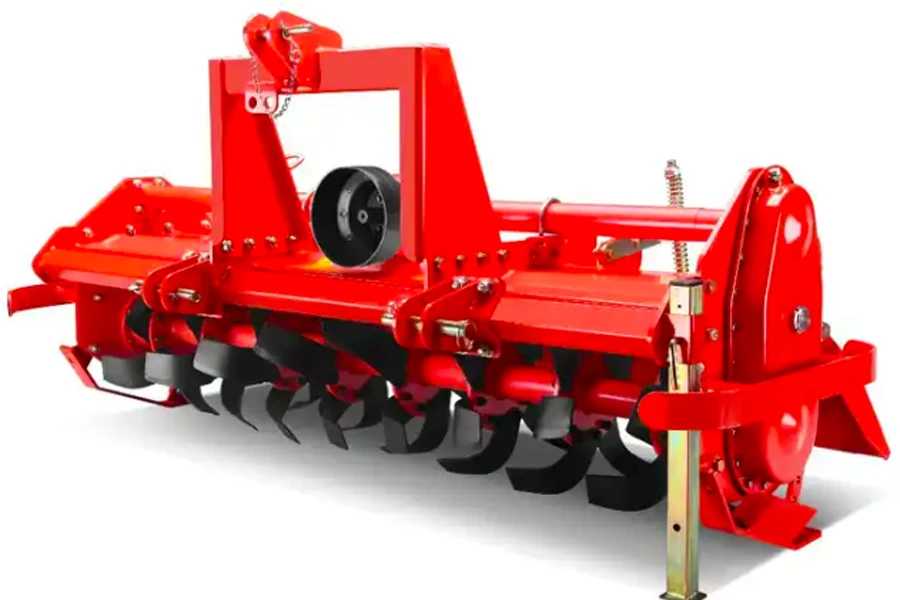
This tractor-towed tiller cultivator is the more traditional type of tiller cultivator that features 24 tiller disks, a working width of 90” (2300mm) and a working depth of 4.7” (120mm). It requires a tractor with at least 40 Hp that will transfer power through its Power Take-off (PTO) shaft. This 700 lb (320 kg) fitting is available for US$ 550.
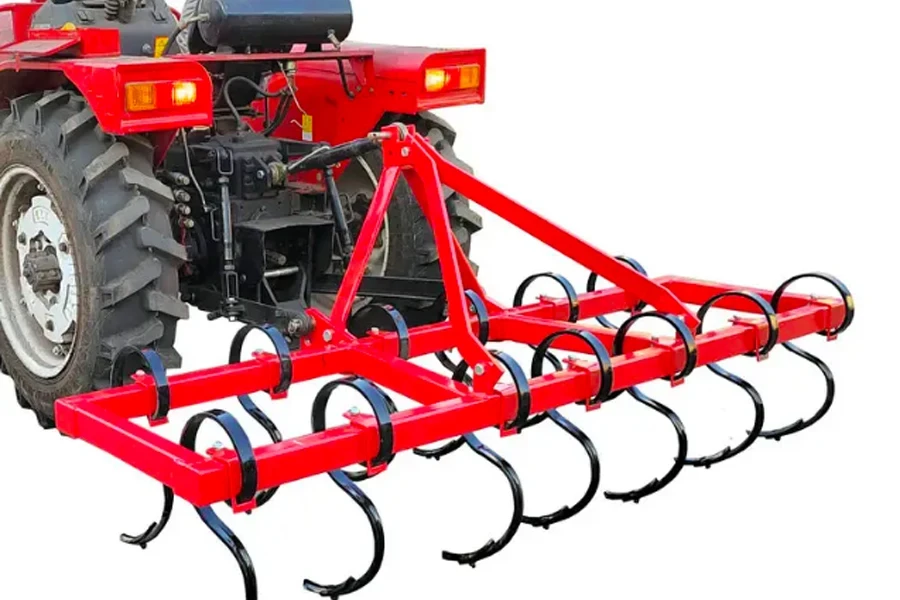
This model of tractor-towed tiller cultivator is shown fitted to a tractor. It has no rotary disks, so no PTO requirement, and instead has a row of fixed tines to dig into the ground as it is towed. This model with 7 tines has a working width of 83” (2100mm) and an adjustable working depth of 3.9” to 9.8” (100 to 250mm). It requires tractor power of between 40 Hp to 70 Hp for towing. This 352 lb (160 kg) tiller cultivator is available for US$ 350.
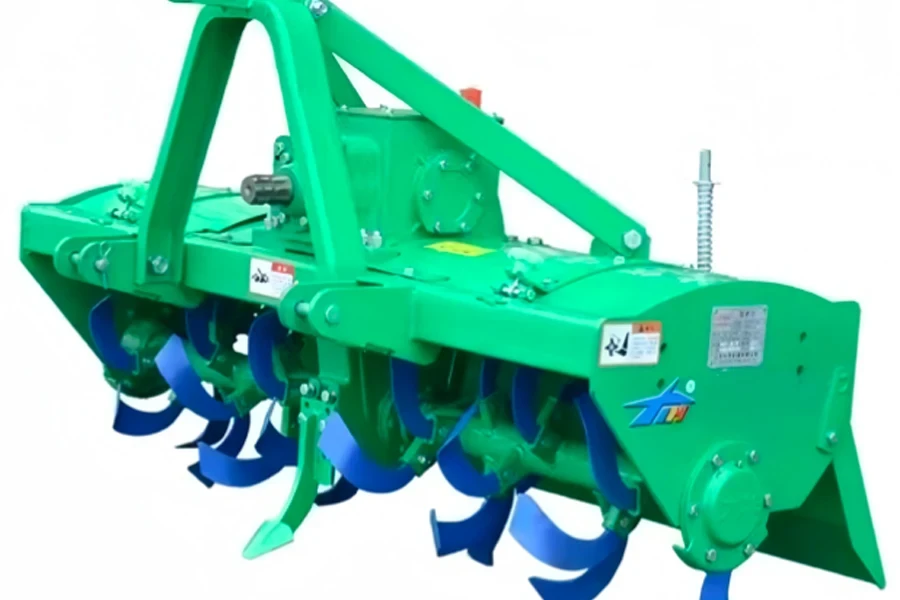
This tractor-towed tiller cultivator uses 6 rotary disks powered by the tractor PTO, requiring between 35 Hp and 50 Hp. Working depth is not specified, but it has a working width of 55” (1400mm). This 662 lb (300 kg) tiller cultivator is available for between US$ 600 and US$ 647.
Final thoughts
Tiller cultivators come in a wide variety of types. The independent engined models start from small electric hand-held types, suitable for gardens and small farm plots, to ride-on models and remote control machines that are suitable for larger gardens and farms. There are also plenty of the more traditional tractor-towed models of tiller cultivators that may either be unpowered shank/ripper types or the rotary disk models that use the tractor’s PTO shaft for power.
The end user will be clear on the type they want, but the buyer-supplier may want to source a range of types depending on their likely customers. For more information, check out the online showroom at Chovm.com.
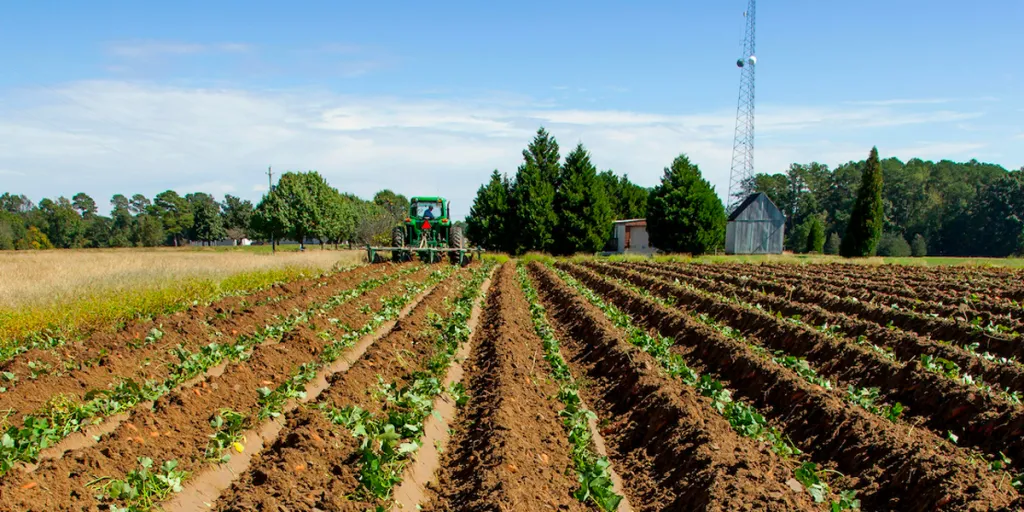




 বাংলা
বাংলা Nederlands
Nederlands English
English Français
Français Deutsch
Deutsch हिन्दी
हिन्दी Bahasa Indonesia
Bahasa Indonesia Italiano
Italiano 日本語
日本語 한국어
한국어 Bahasa Melayu
Bahasa Melayu മലയാളം
മലയാളം پښتو
پښتو فارسی
فارسی Polski
Polski Português
Português Русский
Русский Español
Español Kiswahili
Kiswahili ไทย
ไทย Türkçe
Türkçe اردو
اردو Tiếng Việt
Tiếng Việt isiXhosa
isiXhosa Zulu
Zulu